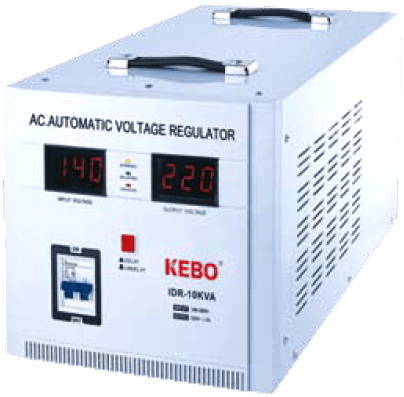Surge protection is essential to safeguard your electronic devices and appliances from voltage spikes or surges in your electrical system. Choosing the right surge protector depends on your specific needs and the equipment you want to protect. Here are some factors to consider when selecting the right surge protector for you:
- Type of Surge Protector:
- Power Strips: These are the most common type of surge protectors. They offer multiple outlets and are suitable for protecting a variety of devices.
- Whole-House Surge Protectors: These are installed at your main electrical panel and protect your entire home. They provide comprehensive protection but may require professional installation.
- Joule Rating: The joule rating indicates how much energy the surge protector can absorb before it fails. A higher joule rating means better protection. For valuable electronics, it’s best to choose a surge protector with a higher joule rating.
- Clamping Voltage: This is the voltage level at which the surge protector will start to divert excess voltage to the ground. Lower clamping voltages are better, as they protect your devices from smaller voltage spikes.
- Number of Outlets: Ensure the surge protector has enough outlets for your devices. It’s a good practice to have a few extra outlets for future additions.
- Response Time: Look for surge protectors with faster response times (measured in nanoseconds) as they can react to surges more quickly.
- EMI/RFI Filtering: Some surge protectors include electromagnetic interference (EMI) and radio-frequency interference (RFI) filtering. These can help improve the quality of power your devices receive.
- Indicator Lights: Surge protectors often have indicator lights to show whether they are functioning properly. This is a helpful feature to ensure your devices are protected.
- Warranty: Check the warranty provided by the surge protector manufacturer. A longer warranty can indicate the manufacturer’s confidence in their product.
- USB Ports: Some surge protectors come with built-in USB ports for charging your mobile devices and other gadgets.
- Mounting Options: If you want to mount the surge protector on a wall or under a desk, make sure it has the necessary mounting options.
- Budget: Consider your budget, but remember that investing in a high-quality surge protector can save you money in the long run by protecting expensive electronics from damage.
- Brand and Reviews: Choose reputable brands known for quality surge protection. Read customer reviews and consider the experiences of others.
- Specific Needs: Consider any specific needs, such as outdoor surge protectors for protecting items like outdoor lighting or pool equipment.
- Appliance-Specific Protectors: Some surge protectors are designed for specific appliances like refrigerators or home theaters. These can offer tailored protection for sensitive equipment.
In summary, selecting the right surge protector for your needs involves considering factors like type, joule rating, clamping voltage, number of outlets, response time, filtering, warranty, budget, and any specific requirements you might have. It’s important to protect your valuable electronics and appliances from unexpected power surges, and the right surge protector can provide that protection.

